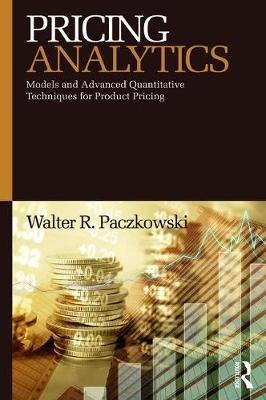Answered step by step
Verified Expert Solution
Question
1 Approved Answer
Research Topic: The Impact of Corporate Governance on Firm Performance Abstract: This study investigates what corporate administration instruments mean for how well an organization does.
Research Topic: The Impact of Corporate Governance on Firm Performance
Abstract:
This study investigates what corporate administration instruments mean for how well an organization does. By examining various theoretical frameworks, the research aims to clarify how various governance structures influence financial outcomes. The Office Hypothesis, Stewardship Hypothesis, Asset Reliance Hypothesis, Partner Hypothesis, and Exchange Cost Hypothesis are among the most important hypotheses that are taken into consideration. The study's objectives are to identify the governance mechanisms that boost a company's performance, investigate the conditions under which these mechanisms perform best, and offer recommendations for policy and practice.
Introduction:
Due to its significant impact on company execution, corporate administration has become a major focus in finance. With effective governance structures, businesses can operate in a way that increases value, reduces agency issues, and align management and shareholder interests. This assessment means researching corporate organization's speculative underpinnings and their helpful implications for firm execution. By using different speculative perspectives, the audit gives a broad perception of how corporate organization affects money related results.
Literature Review and Theoretical Framework:
This study, which utilizes a variety of theoretical perspectives, provides a comprehensive comprehension of how corporate governance influences company performance. Each theory complements the others and provides distinct insights, allowing for a nuanced examination of governance mechanisms. By integrating these theories, the research aims to identify efficient governance practices that boost company performance and offer policymakers and practitioners practical recommendations. The disclosures will add to the nonstop chat on corporate organization and its essential work in shaping financial outcomes.
Theory : Agency Theory
Proposition: The agency theory suggests that conflicts arise between shareholders and managers due to differing interests. Managers may prioritize their interests over those of shareholders, leading to inefficient capital structure decisions. Development: The agency theory was first introduced by Jensen and Meckling and has since been widely applied in finance and management research. Strengths: The agency theory provides a framework for understanding the relationship between shareholders and managers and the potential impact of agency conflicts on financial decisions. Weaknesses: The agency theory assumes that managers are selfinterested, which may not always be the case. Additionally, the theory does not account for other factors that may influence capital structure decisions. Criticism: Critics argue that the agency theory oversimplifies the relationship between shareholders and managers and fails to consider other factors that may influence financial decisions. Relevance: The agency theory is relevant to the research topic as it highlights the potential impact of agency conflicts on capital structure decisions.
Theory : TradeOff Theory
Proposition: The tradeoff theory suggests that firms balance the costs and benefits of debt and equity financing to determine their optimal capital structure. Development: Modigliani and Miller introduced the tradeoff theory which has since been refined and extended by various researchers.
Strengths: The tradeoff theory provides a framework for understanding the factors that influence capital structure decisions, including tax benefits, bankruptcy costs, and agency costs.
Weaknesses: The tradeoff theory assumes that firms have access to debt and equity financing, which may not always be true. Additionally, the theory does not account for other factors that may influence capital structure decisions.
Criticism: Critics argue that the tradeoff theory oversimplifies the capital structure decisionmaking process and fails to consider other factors that may influence financial decisions.
Relevance: The tradeoff theory is relevant to the research topic as it highlights the importance of balancing the costs and benefits of debt and equity financing in capital structure decisions.
Theory : Pecking Order Theory
Proposition: The pecking order theory suggests that firms prefer internal financing over external financing and use debt financing only when internal financing is insufficient. Development: The pecking order theory was first introduced by Myers and has since been refined and extended by various researchers. Strengths: The pecking order theory provides a framework for understanding the order in which firms use different sources of financing, including internal financing, debt financing, and equity financing. Weaknesses: The pecking order theory assumes that firms have access to internal financing, which may not always be the case. Additionally,and expound more
Step by Step Solution
There are 3 Steps involved in it
Step: 1

Get Instant Access to Expert-Tailored Solutions
See step-by-step solutions with expert insights and AI powered tools for academic success
Step: 2

Step: 3

Ace Your Homework with AI
Get the answers you need in no time with our AI-driven, step-by-step assistance
Get Started


